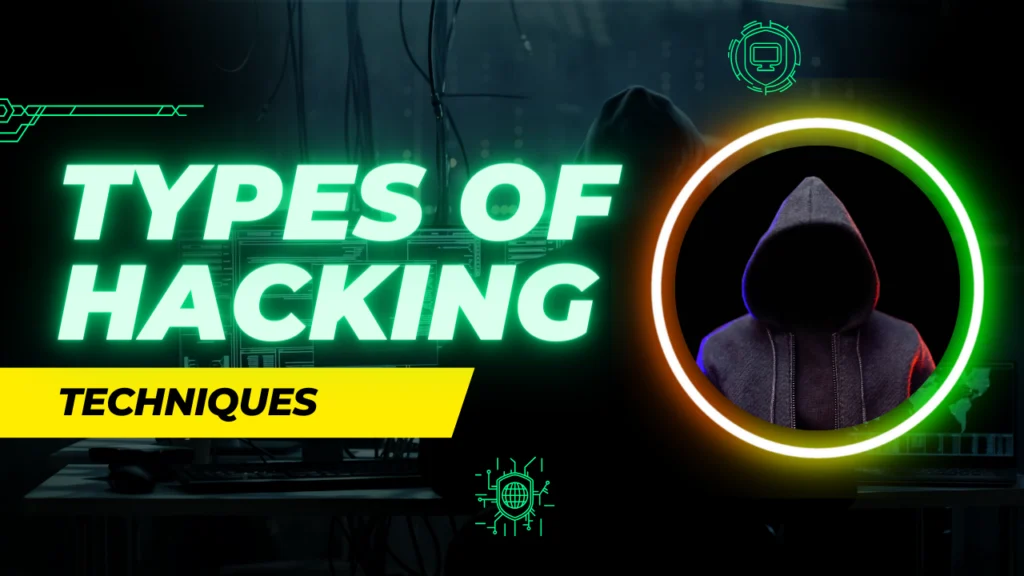In the ever-evolving digital realm, understanding the “types of hacking” is imperative for individuals and businesses alike. As we navigate this intricate landscape, it’s crucial to be well-versed in the various methodologies employed by hackers to safeguard our online presence. Let’s delve into the diverse realms of hacking, exploring the nuances and intricacies that define each type.
1. Social Engineering: Manipulating the Human Element
“Social engineering” stands as a prominent method where hackers exploit human psychology to gain unauthorized access. This technique often involves tricking individuals into divulging sensitive information, bypassing technological defenses through manipulation. From phishing emails to pretexting calls, hackers employ a myriad of tactics to exploit human vulnerabilities.
2. Malware Mayhem: Understanding the Malicious Software Realm
In the realm of “malware”, hackers deploy a range of malicious software to compromise systems and networks. Viruses, worms, trojans, and ransomware are just a few examples of the arsenal at their disposal. Each has its unique characteristics, posing threats to data integrity, confidentiality, and system functionality.
3. Web Application Vulnerabilities: A Breeding Ground for Exploits
Web applications, integral to our online experience, often harbor vulnerabilities that hackers exploit. Understanding these vulnerabilities, such as “SQL injection” and “cross-site scripting (XSS)”, is pivotal. By manipulating input fields or injecting malicious code, hackers can compromise sensitive data and gain unauthorized access.
4. Network Intrusion: Penetrating Digital Fortresses
Networks, the backbone of the digital infrastructure, are susceptible to various forms of “network intrusion”. From sniffing packets to launching sophisticated attacks like “DDoS (Distributed Denial of Service)”, hackers target vulnerabilities in network protocols to disrupt services or gain unauthorized access.
5. IoT Exploits: Unveiling Vulnerabilities in the Internet of Things
As our world becomes increasingly interconnected, the “Internet of Things (IoT)” introduces new vectors for hackers. Exploiting vulnerabilities in smart devices, hackers can compromise privacy, manipulate data, or even gain control over physical systems. Understanding and securing IoT devices is paramount in mitigating these evolving threats.
6. Insider Threats: The Trojan Horse Within
Often overlooked, “insider threats” involve individuals within an organization exploiting their access for malicious purposes. Whether driven by financial gain or disgruntlement, insiders pose a significant risk. Implementing robust access controls and monitoring systems is crucial to mitigate the insider threat landscape.
Conclusion: Navigating the Cybersecurity Landscape
In this comprehensive exploration of Types of Hacking, we’ve uncovered the multifaceted nature of cyber threats. From exploiting human psychology to manipulating software vulnerabilities and breaching networks, hackers employ diverse tactics. As we strive to bolster our digital defenses, staying informed about these hacking types is paramount.


